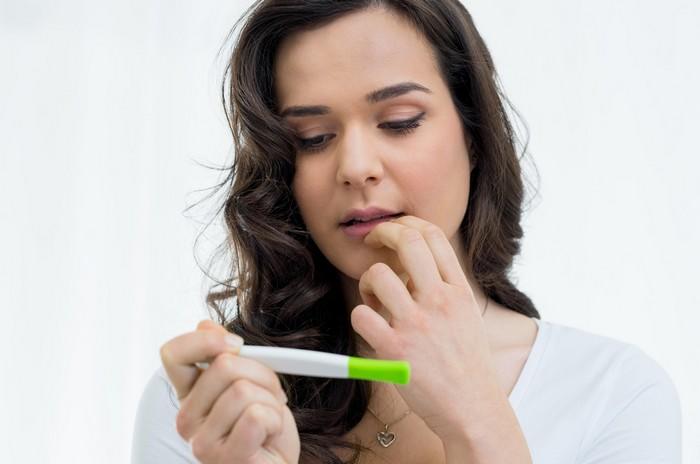Ovarian Reserve Decline
Reduction in Egg Quantity
A woman is born with a finite number of eggs, and this number steadily decreases over time. By the age of 35, the ovarian reserve has significantly diminished compared to her younger years. For example, a 25-year-old woman may have hundreds of thousands of eggs, while a 35-year-old likely has only a fraction of that amount. This reduction means fewer opportunities for a healthy egg to be released and fertilized each month.
Effect on Egg Quality
Not only are there fewer eggs, but the quality of the remaining eggs also deteriorates. The risk of chromosomal abnormalities in eggs increases as a woman ages. This can lead to difficulties in fertilization, implantation, and a higher risk of miscarriage. For instance, an egg with an abnormal chromosome count may not be successfully fertilized, or if it is, the resulting embryo may not develop properly and implant in the uterus.
Hormonal Changes
Follicle-Stimulating Hormone (FSH) Increase
FSH is responsible for stimulating the growth of ovarian follicles. As a woman reaches 35 and her ovarian reserve declines, the ovaries require more stimulation from FSH. This leads to an increase in FSH levels. For example, a normal FSH level in a 20-something woman might be around 3 – 8 mIU/mL, but in a 35-year-old, it could be in the range of 8 – 12 mIU/mL. Elevated FSH can signal a diminished ovarian reserve and potentially affect fertility.
Luteinizing Hormone (LH) and Progesterone Imbalance
The balance between LH and progesterone can also be disrupted. LH is involved in triggering ovulation, and progesterone is crucial for maintaining the uterine lining after ovulation. Any imbalance in these hormones can lead to irregular ovulation or a luteal phase defect. A luteal phase defect means that the uterine lining may not be adequately prepared for the implantation of a fertilized egg, reducing the chances of a successful pregnancy.
Impact on Reproductive Organs
Uterine Changes
The uterus may also experience changes with age. The endometrial lining, which is essential for embryo implantation, may become less receptive. For example, the blood flow to the uterus may decrease, and the cells in the endometrium may not function as optimally as in a younger woman. This can make it more difficult for a fertilized egg to implant and develop into a healthy pregnancy.
Fallopian Tube Function
The fallopian tubes, which transport the egg from the ovary to the uterus and are the site of fertilization, may also be affected. There could be a decrease in the motility of the cilia in the fallopian tubes or an increased risk of blockages due to factors like infections or adhesions. For instance, a woman who has had a history of pelvic inflammatory disease may have damaged fallopian tubes, and the combination of age-related changes and pre-existing damage further reduces the chances of successful conception.
Lifestyle Factors and Age Interaction
Stress
Women in their 30s often have more stress in their lives due to career and personal responsibilities. High levels of stress can disrupt the hormonal balance and affect ovulation. For example, chronic stress can increase the production of stress hormones like cortisol, which can interfere with the normal functioning of the reproductive system. When combined with the natural age-related decline in fertility, stress can exacerbate the problem.
Diet and Exercise
Unhealthy diet and lack of exercise can also have a more significant impact on fertility as a woman reaches 35. A diet high in processed foods and low in essential nutrients like folate, iron, and omega-3 fatty acids can affect egg quality and hormonal balance. Similarly, excessive exercise or a sedentary lifestyle can have negative consequences. For instance, a woman who follows a very strict diet to maintain a certain weight or engages in extreme exercise regimens may experience irregular menstrual cycles and reduced fertility.
Medical Conditions Prevalence and Effect
Endometriosis
The prevalence of endometriosis, a condition where the tissue that normally lines the uterus grows outside the uterus, tends to increase with age. Endometriosis can cause pelvic pain, adhesions, and damage to the reproductive organs, which can all interfere with fertility. For example, the adhesions formed by endometriosis can block the fallopian tubes, preventing the sperm from reaching the egg or the fertilized egg from traveling to the uterus.
Polycystic Ovary Syndrome (PCOS)
PCOS is another common hormonal disorder that can affect fertility. Women with PCOS may have irregular menstrual cycles, high levels of androgens, and cysts on their ovaries. Although PCOS can occur at any age, it may have a different impact on fertility in women over 35. For instance, the combination of age-related factors and PCOS can make it more difficult to regulate ovulation and achieve pregnancy.
Conception and Pregnancy Outcomes
Difficulty in Conception
Due to the combination of factors mentioned above, women over 35 generally have more difficulty conceiving compared to younger women. The time it takes to get pregnant may be longer, and the chances of infertility increase. For example, a 25-year-old couple may have a relatively high chance of conceiving within a few months of trying, while a 35-year-old couple may need to try for a year or more.
Risk of Miscarriage and Complications
Even if a woman over 35 does conceive, the risk of miscarriage is higher. The rate of chromosomal abnormalities in embryos is greater, which can lead to spontaneous abortions. Additionally, there is an increased risk of pregnancy complications such as gestational diabetes, preeclampsia, and preterm birth. For instance, a 35-year-old woman has a significantly higher risk of having a child with Down syndrome compared to a 25-year-old woman.
Conclusion
Related topics

























